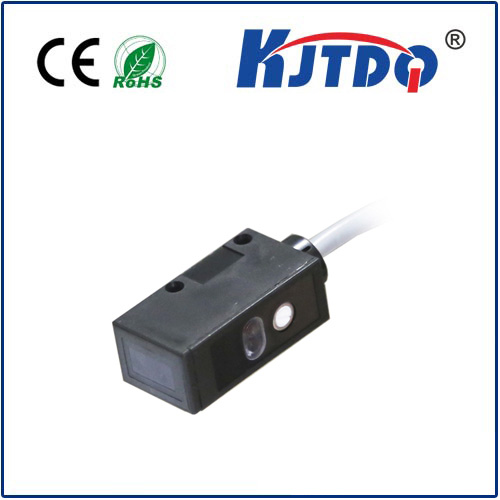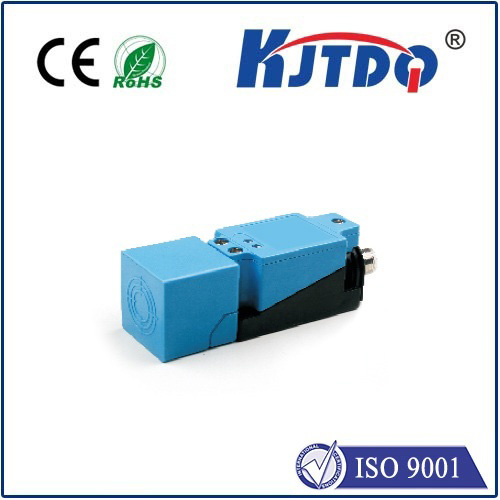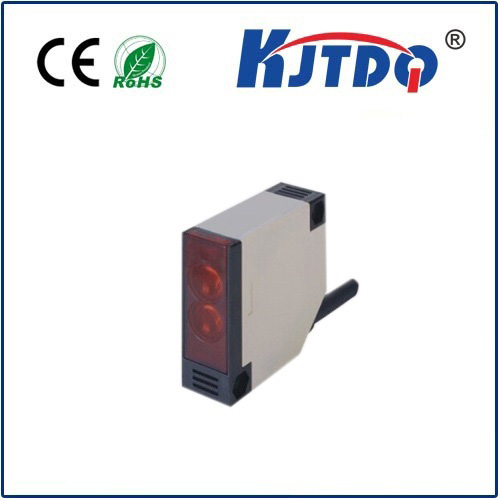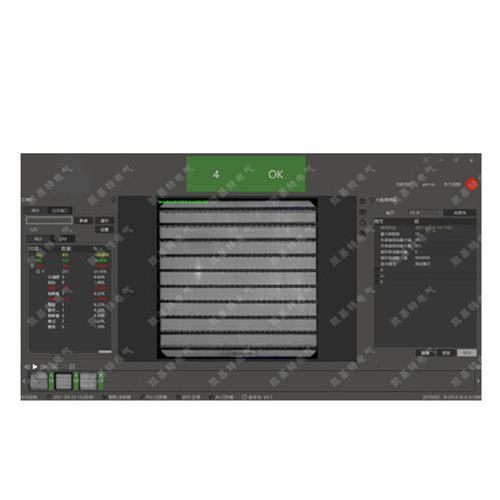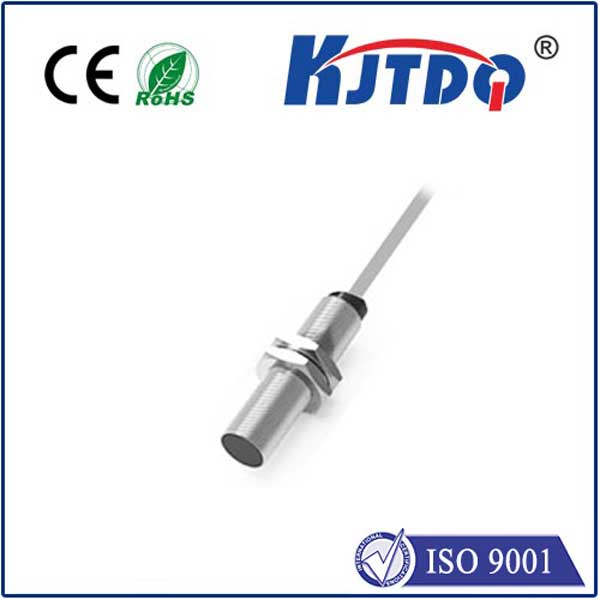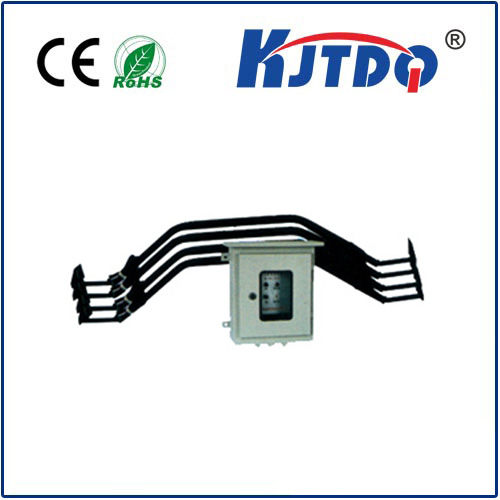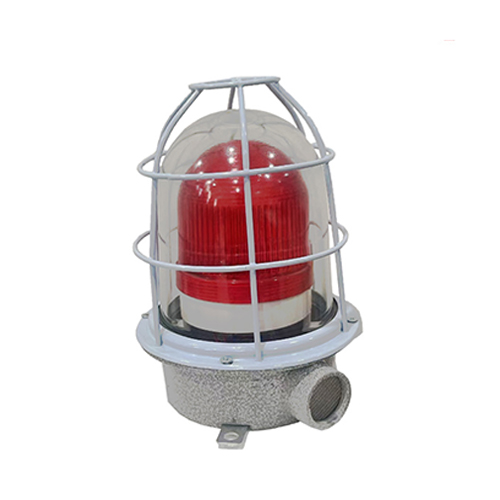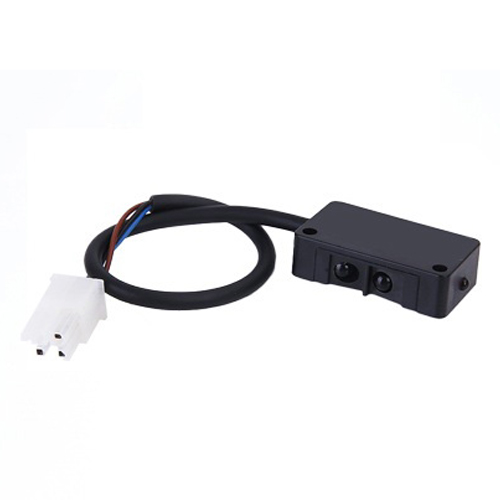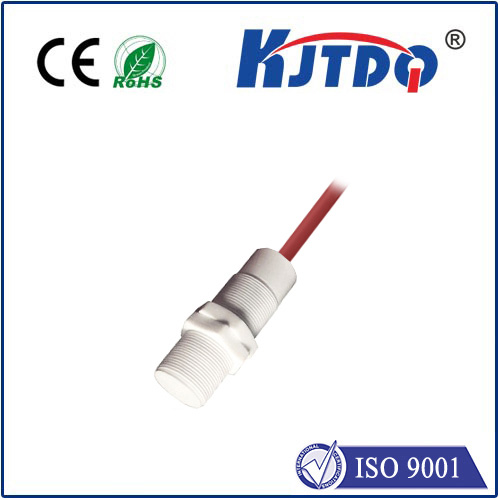hand proximity sensor
- time:2025-06-18 00:40:55
- Click:0
Hand Proximity Sensors: The Unseen Enablers of Touchless Interaction
Imagine waving your hand near a faucet and water flows instantly, approaching a door and it silently swings open, or simply hovering near a device to dim lights or pause music – no touch required. This seamless, almost magical interaction is made possible by a critical yet often invisible technology: the hand proximity sensor. These ingenious devices act as the “sixth sense” for countless modern systems, detecting the presence or absence of a human hand without physical contact. Their role in enhancing hygiene, convenience, safety, and user experience is rapidly expanding across industries, quietly revolutionizing how we interact with our environment.
How Do Hand Proximity Sensors Work? Sensing Without Contact
At their core, hand proximity sensors detect the approach of a hand within a predefined range. They achieve this through various physical principles, each suited to different applications:
- Capacitive Sensing: This is perhaps the most common technology for close-range hand detection. It works by creating an electrostatic field between sensor electrodes. When a hand (a conductive object) enters this field, it disturbs the capacitance – the ability to store an electrical charge. The sensor detects this minute change in capacitance. Capacitive sensors are highly sensitive, low-power, and excellent for detecting hands through non-conductive materials like glass or plastic panels, making them ideal for interactive kiosks, touchless switches, and appliance controls.
- Infrared (IR) Sensing: These sensors typically utilize an infrared light-emitting diode (IR LED) and a photodetector. The system can work in two main ways:
- Reflective (Proximity) Mode: The IR LED emits an invisible beam. When a hand comes close, the light reflects back to the photodetector, signaling presence.
- Interruption (Beam Break) Mode: The IR beam travels from an emitter to a detector. A hand passing through interrupts this beam, triggering detection. IR sensors are effective for specific detection areas but can be susceptible to environmental IR sources like sunlight.
- Ultrasonic Sensing: These sensors emit high-frequency sound waves (inaudible to humans) and measure the time it takes for the echo to return. A nearby hand alters the echo pattern or timing. Ultrasonic sensors are effective for slightly longer ranges and can be less sensitive to environmental light or color variations compared to IR.
- Optical Time-of-Flight (ToF): This advanced technique emits a light signal (often IR laser) and precisely measures the time it takes for the light to travel to the target (hand) and back. This allows for highly accurate distance measurement to the hand, not just presence detection. ToF sensors enable sophisticated gestures and precise spatial awareness in applications like automotive infotainment controls or advanced robotics.
Where Are Hand Proximity Sensors Used? A Spectrum of Applications

The utility of hand proximity detection extends far beyond fancy faucets. It permeates diverse sectors:
- Sanitation & Hygiene: This is arguably the most impactful domain post-pandemic. Touchless faucets, soap dispensers, hand dryers, toilet flushers, and automatic doors in restrooms and public spaces drastically reduce surface contact points, minimizing germ transmission and promoting public health. Hand hygiene monitoring systems in sensitive environments like hospitals or food production also rely on proximity sensing.
- Consumer Electronics & Appliances: Modern smart home devices leverage proximity sensing extensively. Approaching your smart speaker might dim its lights or display information; waving near a smart oven could pause it or show controls; hovering near a light switch activates a backlight or prepares it for gesture control. They enhance user experience while minimizing physical wear on buttons.
- Automotive: Inside vehicles, hand proximity sensors create safer and more intuitive interfaces. Reaching towards an infotainment screen might automatically bring up relevant controls, minimizing driver distraction. Gesture control for audio volume, phone calls, or sunroof operation often starts with reliable hand proximity detection.
- Industrial Automation & Safety: On factory floors and machinery, proximity sensors act as vital safety components. They can detect if a hand is dangerously close to moving parts, triggering emergency stops or preventing equipment activation. They also enable touchless control in cleanroom environments or where operators wear gloves. Presence detection for automated guided vehicles (AGVs) near personnel is another critical application.
- Interactive Displays & Kiosks: Public information kiosks, ATMs, and digital signage often use proximity sensors to detect user approach. This can wake the display from sleep mode, conserve energy, and present information contextually only when needed, improving responsiveness and efficiency.
- Gaming & VR/AR: Motion controllers and virtual/augmented reality systems heavily rely on precise hand tracking, the foundation of which is accurate proximity and position sensing, enabling immersive interactions.
Significant Advantages: Why Go Touchless?
The adoption of hand proximity sensors isn’t just about novelty; it delivers tangible benefits:
- Enhanced Hygiene: The most compelling advantage, especially in public and healthcare settings. Eliminating the need to touch shared surfaces significantly reduces the risk of cross-contamination.
- Improved User Experience: Offers intuitive, convenient, and often faster interaction. Controls appear or activate precisely when needed, creating a sense of technological fluency.
- Increased Durability & Reliability: By reducing or eliminating physical contact (buttons, switches), wear and tear is minimized, leading to longer product lifespans and lower maintenance costs. Sealed capacitive sensors are particularly robust.
- Accessibility: Provides alternative interaction methods for individuals with limited mobility or dexterity who may struggle with traditional buttons or knobs.
- Energy Efficiency: Enables smart power management. Devices like displays or lights can enter low-power sleep modes when no user is nearby, waking instantly upon hand detection.
- Aesthetics & Design Freedom: Allows for sleek, minimalist designs with seamless surfaces (hidden behind glass, plastic, etc.), unobtrusive activation zones instead of physical buttons, and innovative form factors.
Looking Ahead: The Future of Hand Sensing
The evolution of proximity sensing technology continues apace. Integration with artificial intelligence (AI) and machine learning (ML) is enabling far more sophisticated gesture recognition, moving beyond simple presence to interpreting complex hand movements and commands with higher accuracy. Miniaturization allows sensors to be embedded into increasingly smaller devices. Multi-modal sensing, combining capacitive, ToF, and even camera-based approaches, promises unprecedented robustness and contextual awareness, adapting to different lighting conditions, hand positions, and environments.
A Fundamental Shift in Interaction
Hand proximity sensors are more than just a technical component; they represent a fundamental shift towards more intuitive, hygienic, and efficient ways to interact with the technology embedded in our daily lives and workplaces. From the simple act of turning on water without germs to controlling complex machinery safely or navigating virtual worlds, these unseen sentinels bridge the gap between human intent and machine response. As the technology becomes more refined, affordable, and integrated, we can expect touchless interaction powered by reliable hand proximity detection to become the default expectation, not the exception, silently shaping a cleaner and more responsive future.












